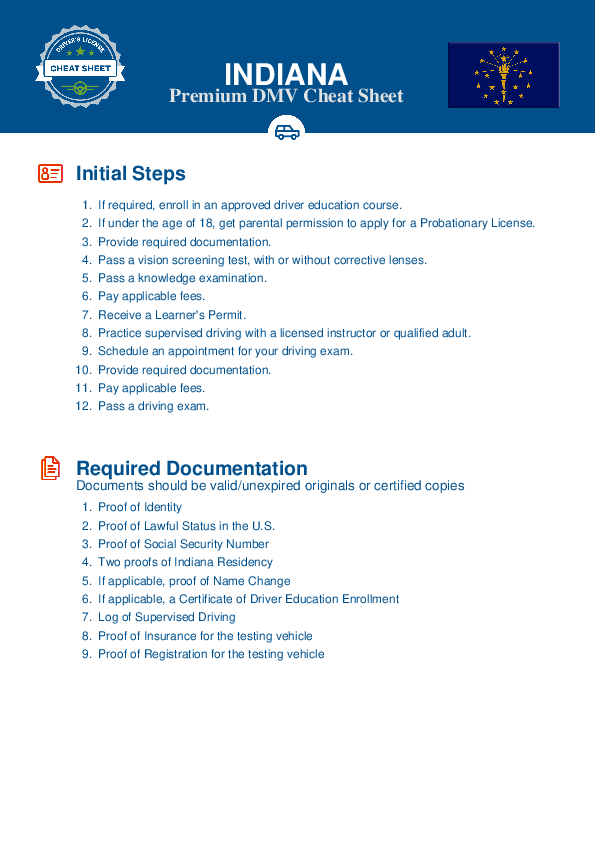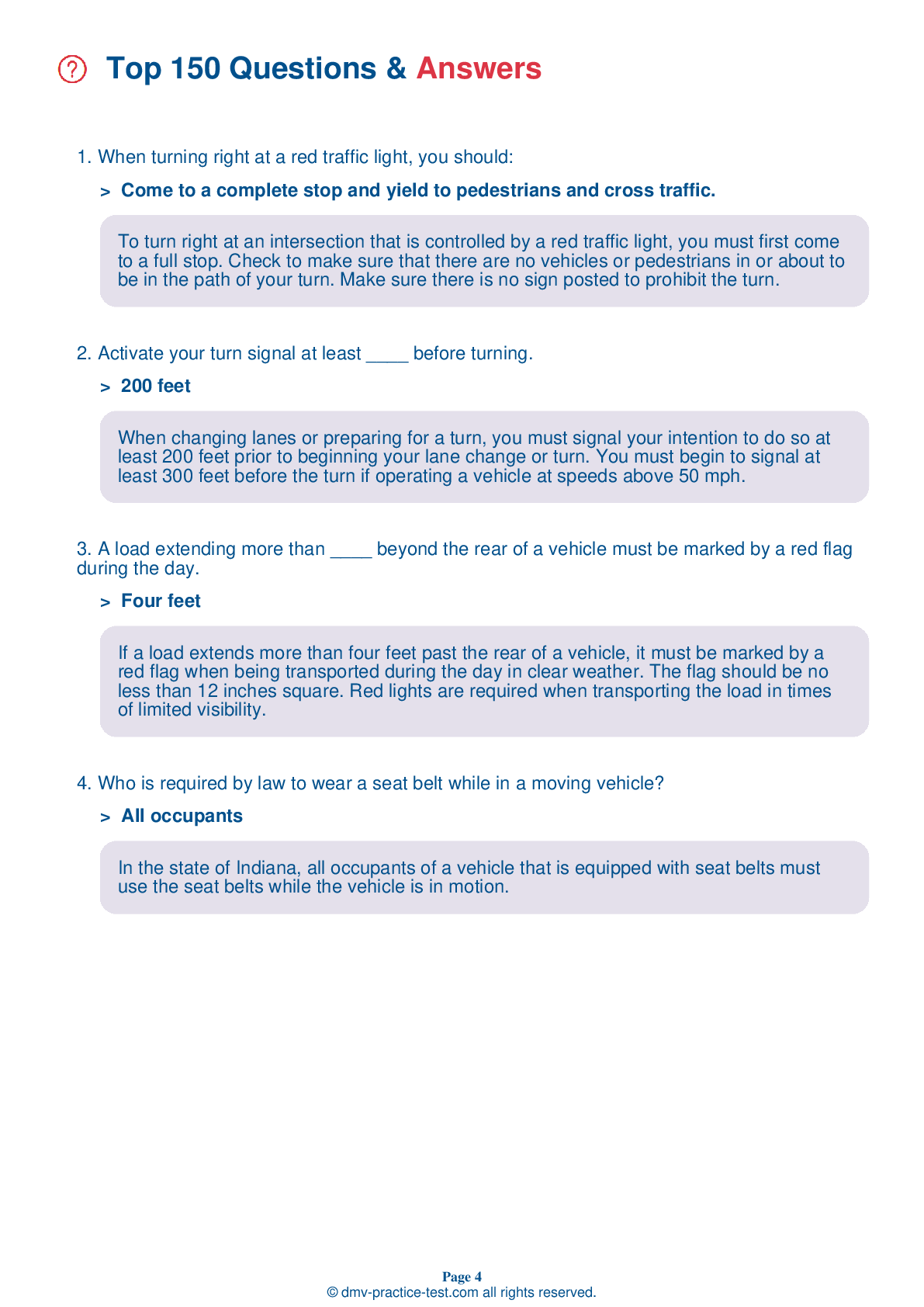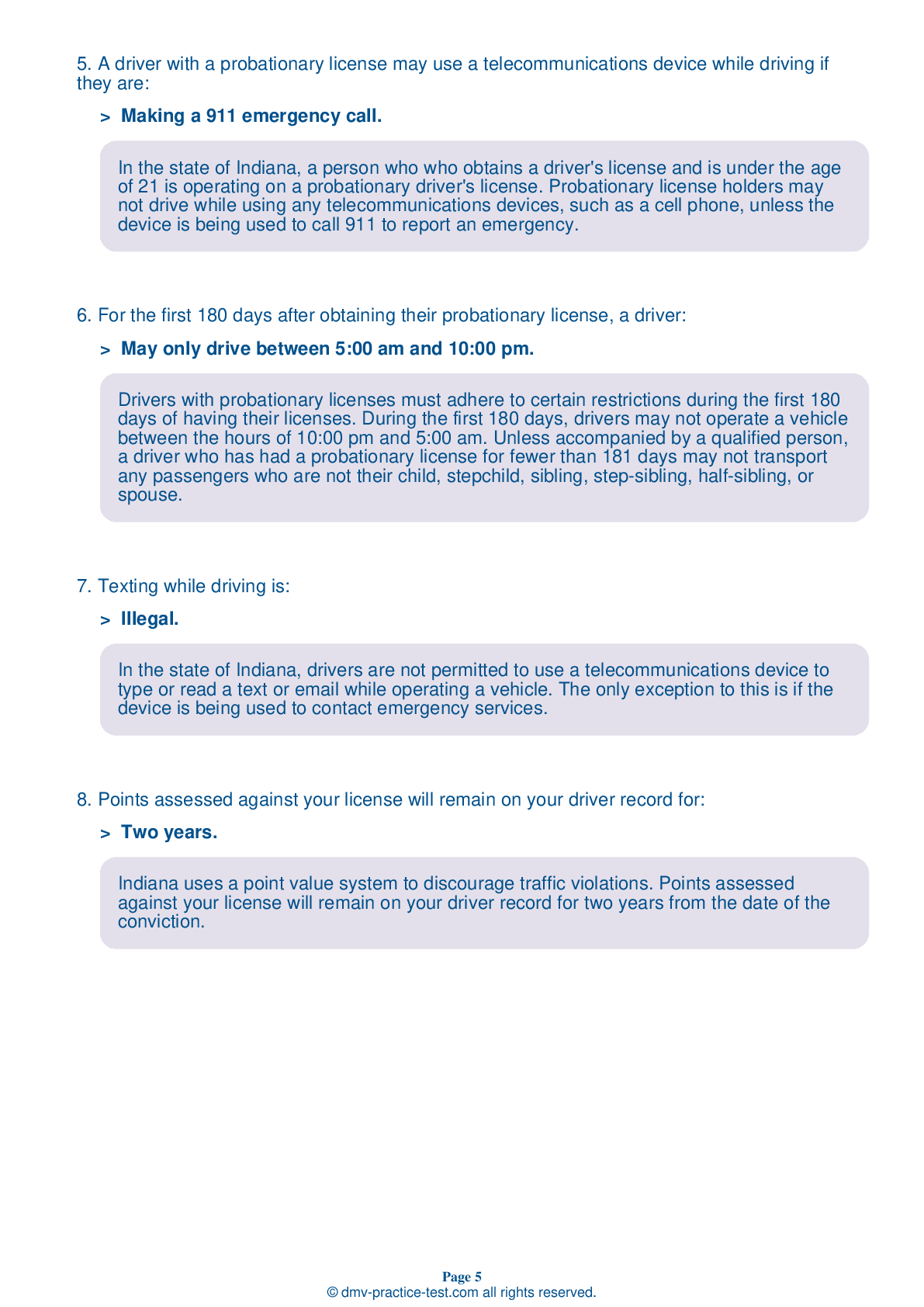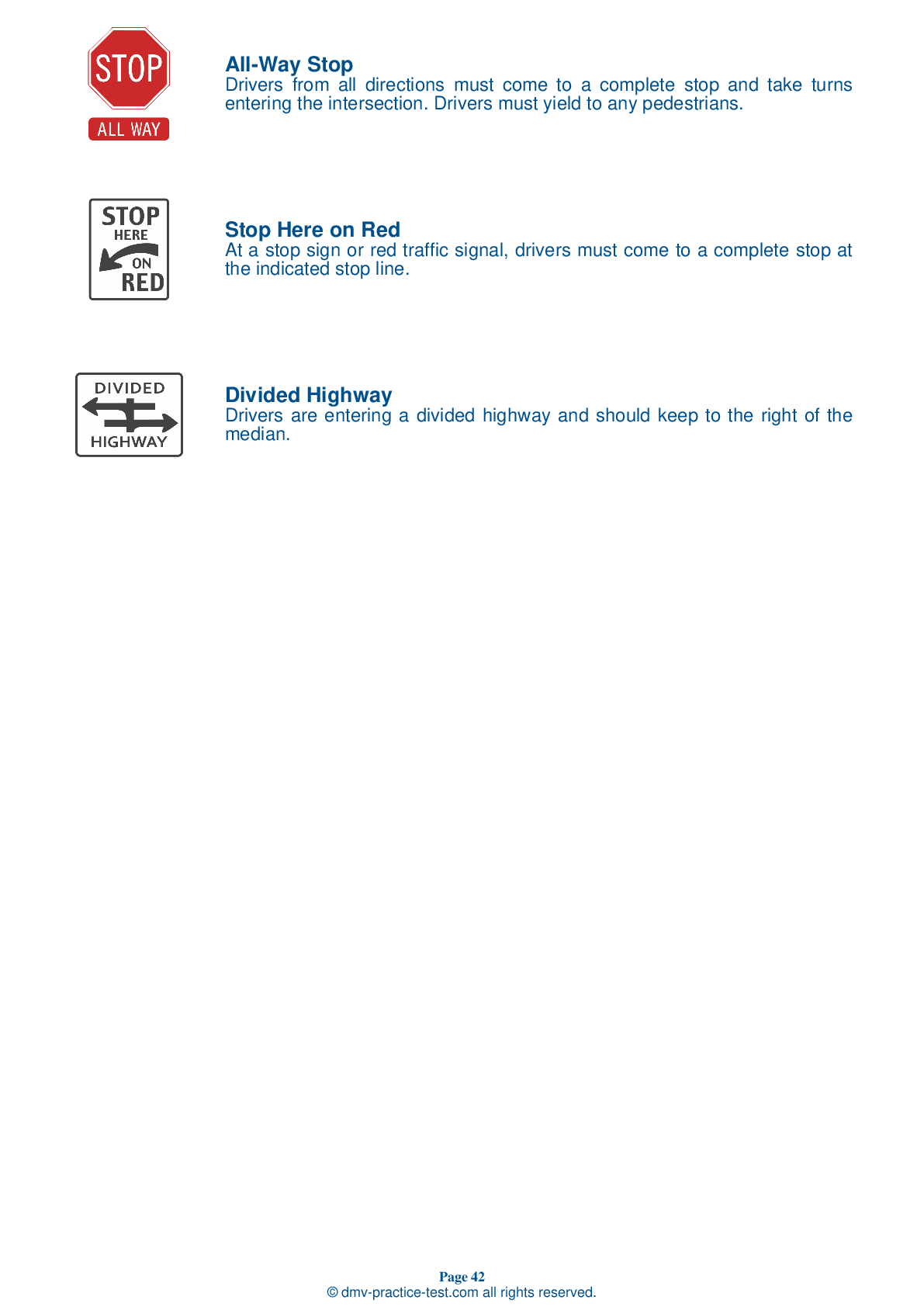FREE Indiana DMV Practice Test #7
This set of Indiana DMV practise tests has been updated for January 2024. It includes questions based on the Indiana Driver Handbook's most significant traffic signals and laws for 2024. Use actual questions that are very similar (often identical!) to the DMV driving permit test and driver's licence exam to study for the DMV driving permit test and driver's licence exam.
On the practise exam, each question gets a tip and explanation to help you remember the concepts. The written component of the official Indiana DMV test will include questions about traffic rules, traffic signs, and driving statutes, as well as information from the Driver Handbook.
To obtain a passing grade, you must correctly answer 44 of the 50 questions. Take our DMV practise exam to help you prepare for your Indiana instruction permit or driver's licence.
The DMV exam is available in several languages.
Using any kind of testing assistance will result in an automatic fail, and the DMV may take additional action against your driver's licence, so stay away from it.
1 . This road sign means:
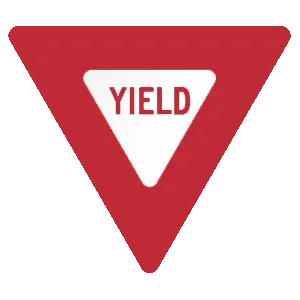
This type of triangular sign means drivers must yield. You must slow down as you come to an intersection marked with this sign and be prepared to stop. Let any other vehicles, bicyclists, or pedestrians pass safely before you proceed.
2 . When driving in rain, you must:
In rainy conditions, you should use your low beam headlights.
3 . What does an orange-colored sign indicate?
Construction, maintenance, and emergency operations signs are generally orange with black symbols.
4 . You are waiting in the intersection to complete a left turn. You should:
You must always signal before turning or changing lanes. You should keep your wheels straight while waiting to make a left turn. If another vehicle hits you from behind, this ensures that you will not be pushed into oncoming traffic.
5 . Railroad crossings should always be considered:
Railroad crossings are always dangerous. Drivers should always look and listen for trains approaching from either direction on all railroad tracks. Always follow the directions indicated by signs, signals, and flaggers. Never proceed past a railroad crossing until you are certain it is safe to do so.
6 . If you are stopped by a police officer, you should:
If you are stopped by the police, keep your hands on the wheel and ask any passengers to keep their hands in view as well. You should remain in the vehicle unless the police officer asks you to get out. Wait until the officer asks you to retrieve your driver license, registration, and insurance cards.
7 . When you need to change lanes, it is important to:
Always signal for an appropriate amount of time before making a lane change or exiting a freeway. Before you make any move to the right or left, quickly turn your head and look over your shoulder to see if your blind spot is clear.
8 . This green arrow on a lane use control signal means:
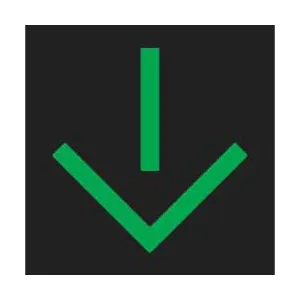
A steady downward green arrow over a traffic lane means you may use the lane indicated.
See the exact questions that will be on the 2024 Indiana DMV exam.
99.2% of people who use the cheat sheet pass the FIRST TIME
LT gives us an insight on how the cheat sheet provided her with all the study questions she needed before taking her test.
Joe initially studied with the handbook and failed his test, he eventually found us online, studied and pass his test the first time around.
